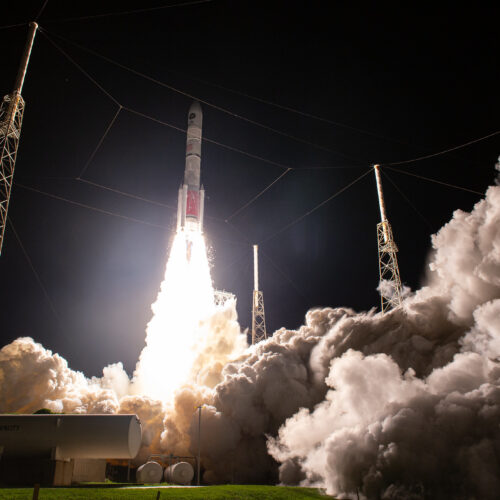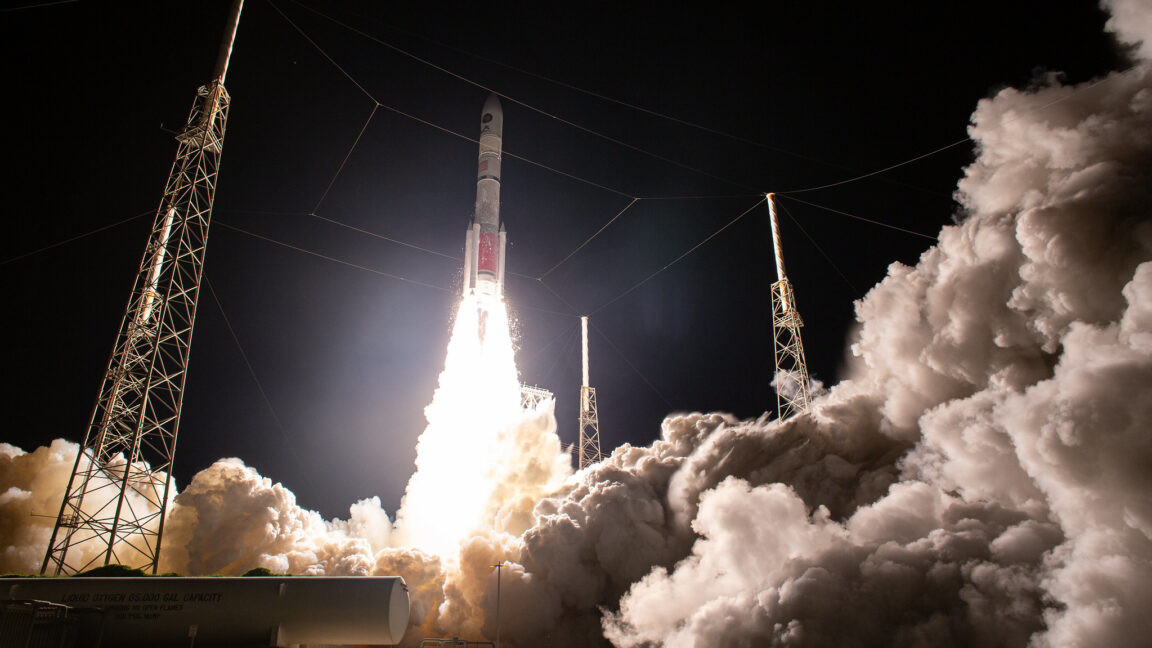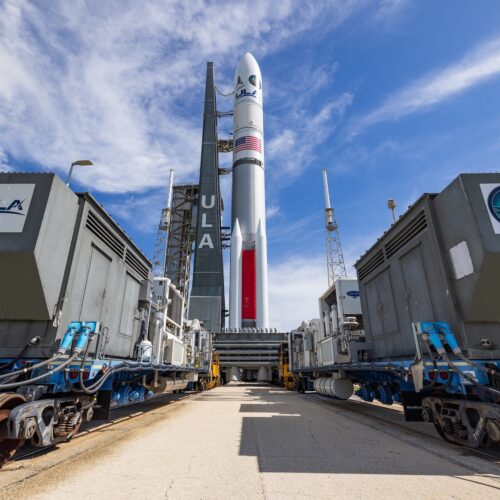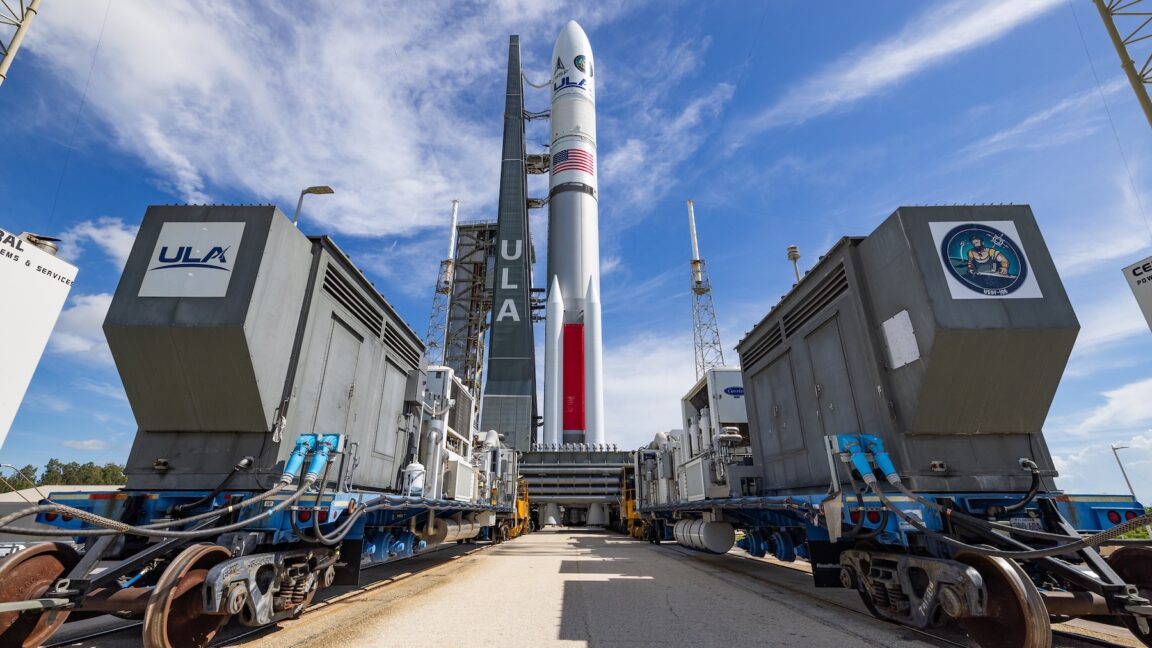After first operational launch, here’s the next big test for ULA’s Vulcan rocket
United Launch Alliance delivered multiple US military satellites into a high-altitude orbit after a prime-time launch Tuesday night, marking an important transition from development to operations for the company's new Vulcan rocket.
This mission, officially designated USSF-106 by the US Space Force, was the first flight of ULA's Vulcan rocket to carry national security payloads. Two test flights of the Vulcan rocket last year gave military officials enough confidence to certify it for launching the Pentagon's medium-to-large space missions.
United Launch Alliance's third 202-foot-tall (61.6-meter) Vulcan rocket lifted off from Cape Canaveral Space Force Station, Florida, at 8:56 pm EDT Tuesday (00:56 UTC Wednesday). Two methane-burning BE-4 main engines, supplied by Jeff Bezos' space company Blue Origin, and four solid-fueled boosters from Northrop Grumman powered the rocket off the launch pad with nearly 3 million pounds of thrust.


© United Launch Alliance

